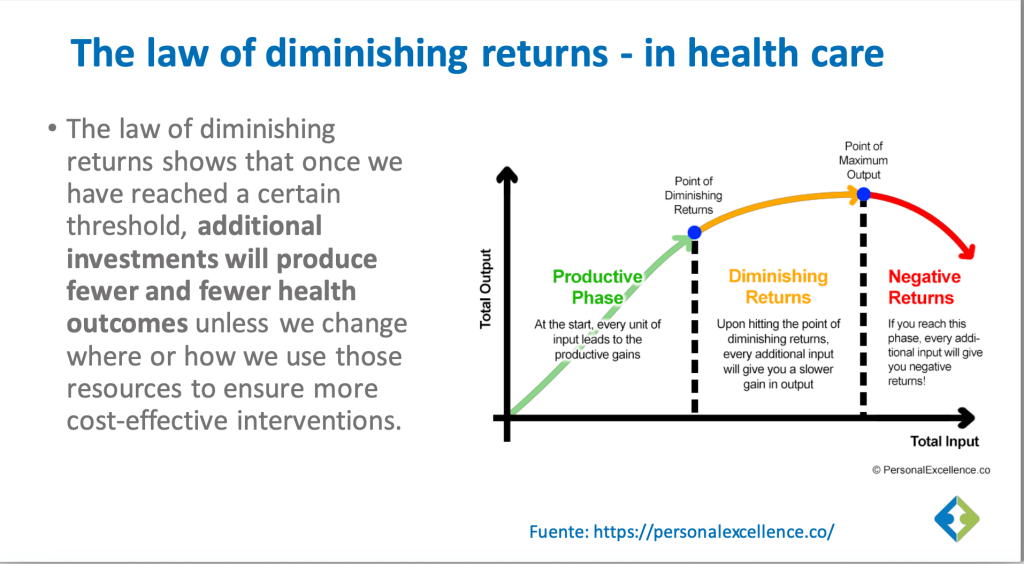Also available in: Español
Source: corresponsalesclave.org
By: Lídice López Tocón
Over the past decade, countries have made significant progress in ensuring that people who come to health facilities receive antiretroviral treatment or preventive care and information. However, it is increasingly difficult to reach those who are left behind, whether because of geographic barriers or socioeconomic context. This topic was explored in the webinar “Costing and Strategic Prioritization: Reflections for Organizations Working on HIV, Tuberculosis and Malaria in Latin America and the Caribbean.
Via Libre and the Global Fund’s Regional Platform for Latin America and the Caribbean hosted a meeting on May 18 to discuss how best to target financial and human resources to close the gaps in the response to HIV, tuberculosis and malaria.
The purpose of the webinar was to share information summarized in a new tool of the same name, developed by Joan Tallada in collaboration with the LAC Platform. This tool aims to reflect on the role of civil society organizations in contributing to national HIV, TB and malaria response objectives; to advance the design of equitable and sufficient budget lines for community-led interventions; and to develop solid arguments for negotiating fair funding agreements.
Tallada began his presentation with a look at healthcare spending by country. He noted that in countries with very limited resources, any financial aid helps improve health conditions and prolong life. At a certain point, however, the increase in health spending stops correlating to improved health.
With regard to the response to HIV, tuberculosis and malaria, the expert showed how the cascades of care demonstrate the exhaustion of current strategies. It is necessary to look for alternative and innovative interventions to reach the percentage of the population that still does not have access to diagnosis and treatment or is not connected to a health facility. This measure will certainly have an impact on investment.

“The law of diminishing returns shows that once a certain threshold is reached, additional investments will produce fewer and fewer health outcomes. That is, unless we change where or how we use those resources to ensure more cost-effective interventions,” Tallada said.
This means that if 90% of people living with HIV in a country are aware of their diagnosis, using the same strategy to reach the remaining 10% will require much more investment. Therefore, it would be better to change the strategy or intervention model.
Joan Tallada introduced two concepts that civil society organizations will find very useful when budgeting for community interventions. On the one hand, there is allocational or allocative efficiency, which is the distribution of resources in such a way as to obtain the best results in terms of the desired objectives. On the other hand, there is technical efficiency, which means achieving the maximum result with the available resources or, conversely, using the minimum possible resources to achieve the desired result. Both types must be taken into account when choosing the interventions to be implemented.
The interventions implemented over the past two decades have been successful: millions of people have had access to diagnosis, treatment or prevention supplies; however, their success seems to have been exhausted. In the future, more resources will need to be invested in the same intervention to reach new people.

To identify when a particular intervention or model is reaching exhaustion, organizations should look at the results they are achieving compared to what they want to achieve. For example, if they are beginning to diagnose fewer cases of HIV with their peer outreach strategy, it may be time to review or change the strategy.
Civil society organizations need to be engaged in the planning of interventions in the response to HIV, TB and malaria. They must have the capacity to evaluate the success of these interventions and assess the relevance of adapting them to a new context or drastically changing them. This will make it possible to close the remaining gaps in the response to these diseases.
Here you can whatch the webinar session.
